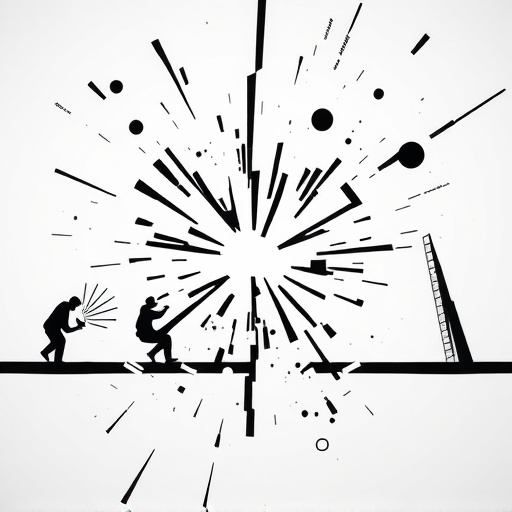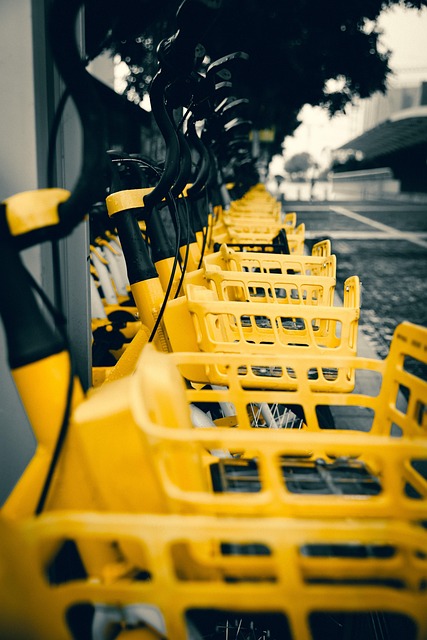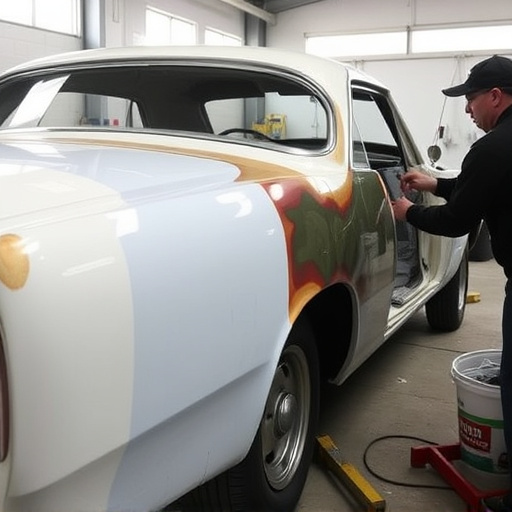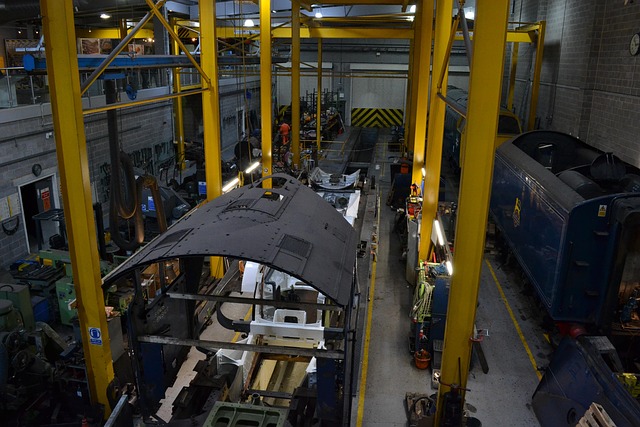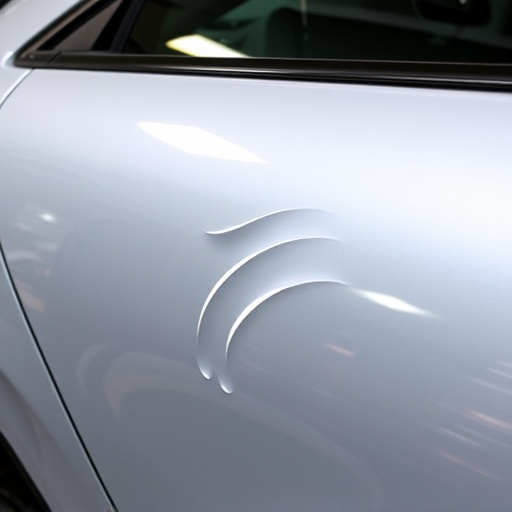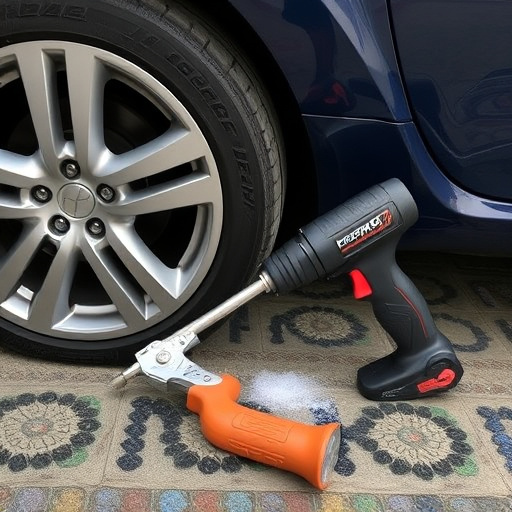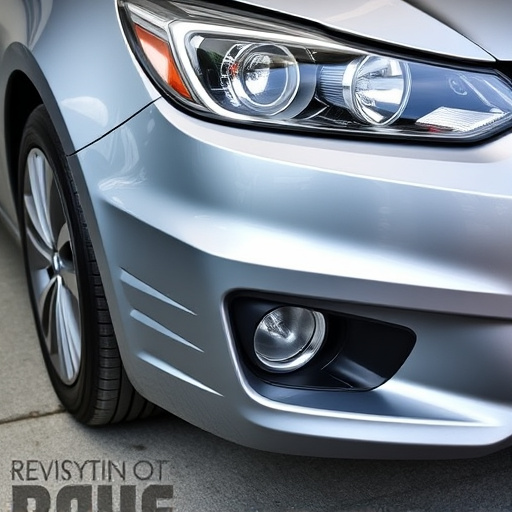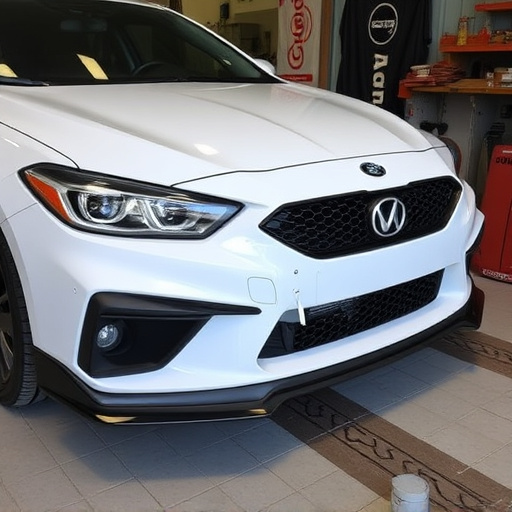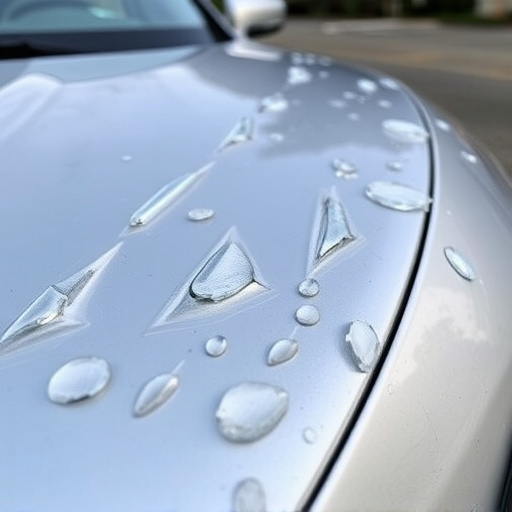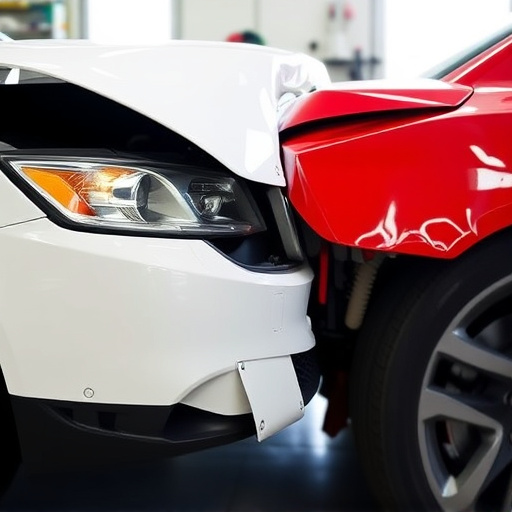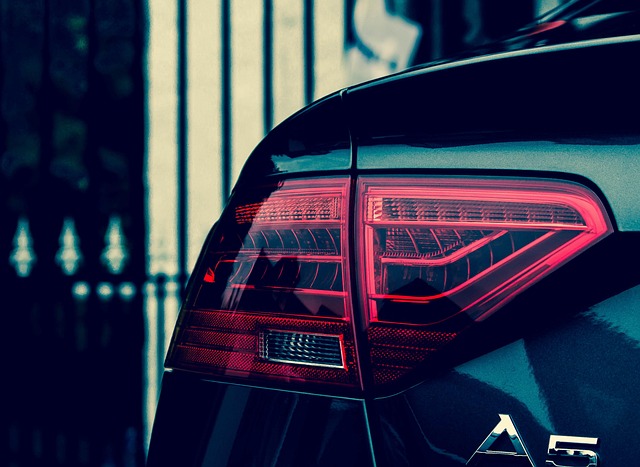Specialty paint application is a complex yet crucial process in automotive restoration, enabling the creation of unique, personalized vehicle designs with enhanced aesthetics and durability. It involves advanced techniques, specialized equipment, and meticulous planning by auto professionals to achieve high-quality results on complex surfaces. This method offers expanded color options, better adhesion, and increased structural integrity, making it invaluable for projects demanding precision, attention to detail, and a strong visual impact. Custom designs, from graphics to logos, transform cars into works of art, appealing to enthusiasts who merge artistic vision with technical proficiency in car body repair.
Discover the transformative power of combining custom design with specialty paint application. This article explores how these two elements can merge to create stunning, unique spaces. We delve into the world of specialty paint techniques—from textures to effects—that enhance aesthetic appeal and offer practical benefits. Then, we uncover the pivotal role of custom designs in personalizing and elevating paint applications, from concept to completion. Get ready to transform your spaces with creative integration strategies outlined in our step-by-step guide.
- Understanding Specialty Paint Application: Techniques and Benefits
- The Role of Custom Design in Enhancing Paint Applications
- Integrating Custom Designs: A Step-by-Step Guide to Successful Implementation
Understanding Specialty Paint Application: Techniques and Benefits
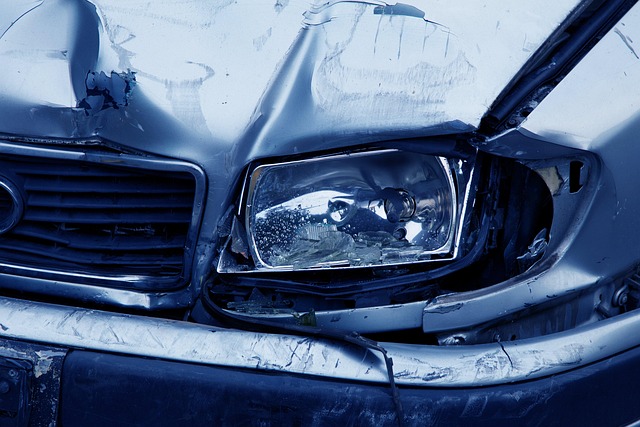
Specialty paint application is a meticulous process that involves advanced techniques and specialized equipment to achieve precise, high-quality results. This method goes beyond conventional painting by addressing unique challenges associated with various surfaces, including complex shapes, intricate details, and specific material requirements. For instance, in the automotive industry, specialty paint application is crucial for tasks like vehicle dent repair, auto glass repair, and auto frame repair, ensuring both aesthetic perfection and structural integrity.
The benefits of specialty paint application extend beyond mere aesthetics. Specialized techniques allow for better adhesion, enhanced durability, and a wider range of color options. By utilizing advanced technologies and formulations, professionals can create custom designs that not only look stunning but also withstand the test of time. This level of precision and attention to detail is particularly valuable in industries where first impressions matter most, such as automotive customization and restoration projects.
The Role of Custom Design in Enhancing Paint Applications

Custom design plays a pivotal role in enhancing specialty paint applications, transforming ordinary vehicles into true works of art. By incorporating tailored designs, auto enthusiasts and professionals alike can elevate the aesthetic appeal and uniqueness of their cars or trucks. This process involves meticulous planning and execution to ensure the custom elements seamlessly integrate with the overall vehicle aesthetics, resulting in a stunning final product.
In the realm of vehicle body repair and auto repair services, custom design integration is not merely about aesthetics; it also adds value and personality to a car’s exterior. Skilled technicians use specialized tools and techniques to apply these unique designs, be it intricate graphics, personalized logos, or eye-catching patterns. This level of customization not only caters to individual preferences but also sets apart vehicles on the road, making them stand out in a crowded field. For car body repair enthusiasts, embracing custom design integration with specialty paint application is a creative outlet that combines artistic vision and technical proficiency, ultimately enriching the automotive repair and restoration experience.
Integrating Custom Designs: A Step-by-Step Guide to Successful Implementation
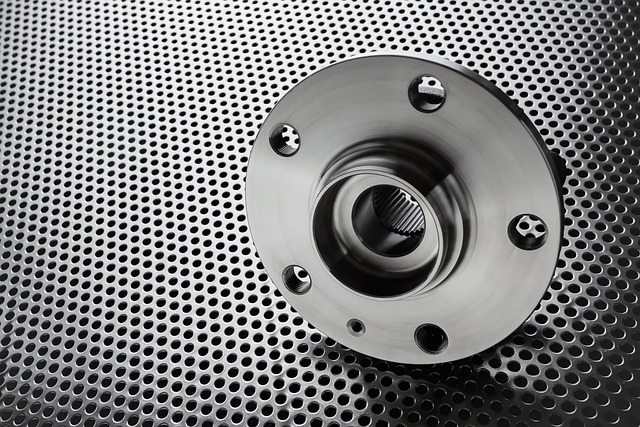
Integrating Custom Designs involves a meticulous process that requires careful planning and execution to achieve stunning results, especially when paired with specialty paint application. Start by gathering high-quality references and sketches of the desired design, ensuring they align with the client’s vision. Next, use advanced digital tools or traditional hand drawing to refine the concept, taking into account color palettes, patterns, and overall aesthetic.
Once the design is finalized, prepare the surface meticulously. This step includes auto glass repair, auto detailing, and in cases of automotive collision repair, ensuring the area is completely restored. Apply a base coat carefully, allowing it to dry thoroughly before adding specialized paint effects or custom colors. With precision and skill, integrate the design elements, creating depth and dimension through shading and highlighting. The final touch involves sealing and protecting the specialty paint application with a durable topcoat, guaranteeing longevity and vibrancy of the custom design.
Custom design integration with specialty paint application offers a unique and captivating way to transform spaces. By combining artistic vision with specialized painting techniques, such as custom brushwork, stenciling, or special effects finishes, you can create stunning visual impacts. This article has explored the benefits of specialty paint application and highlighted how custom designs can elevate these techniques to new levels. Through a structured implementation process, from design conceptualization to final touch-ups, professionals can achieve exceptional results that stand out in any interior or exterior setting. Embrace the fusion of art and craftsmanship to bring your creative visions to life through seamless custom design integration with specialty paint application.
